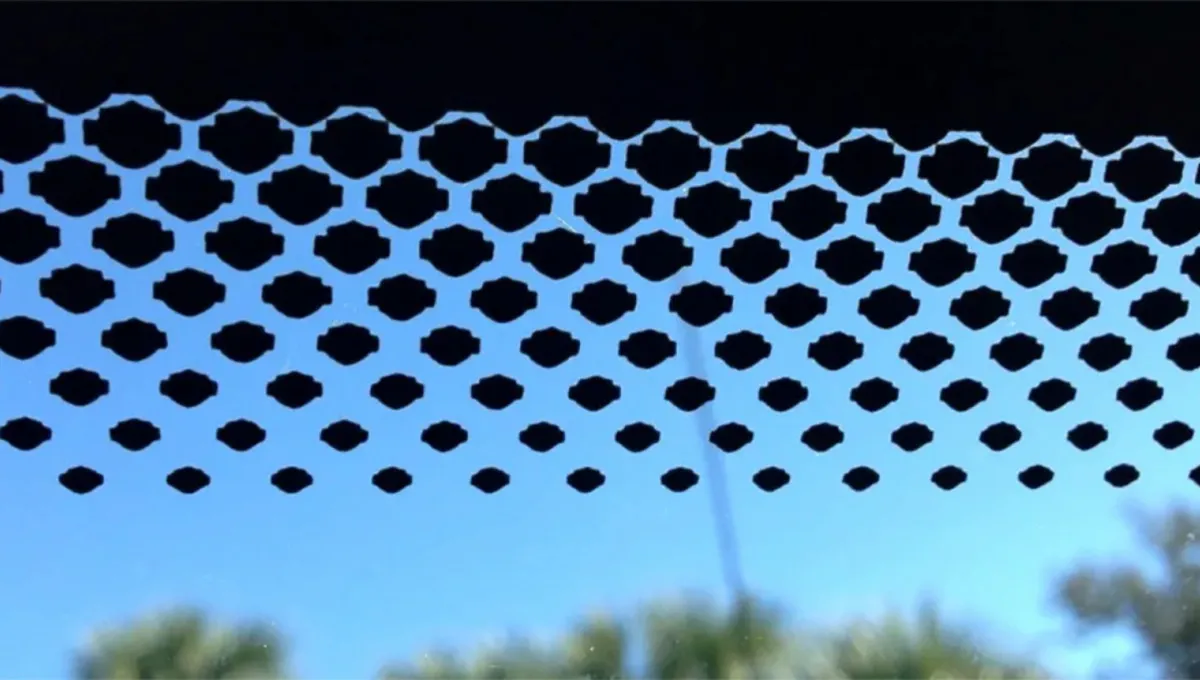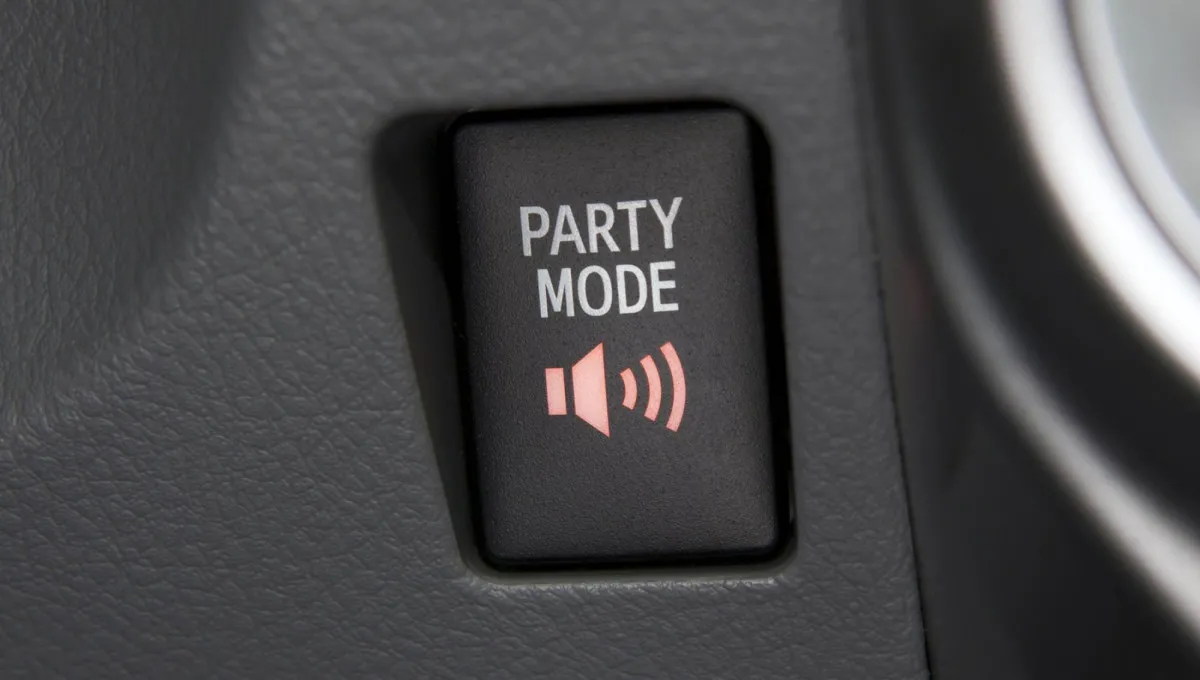Many Americans Don’t Know or Ignore This: How Often You Should Really Change Your Car’s Coolant
Ignoring this simple maintenance step can leave your car unable to start in freezing weather, risk overheating in the heat, or even cause engine damage.

Coolant is a critical fluid in a car’s cooling system. It circulates through the engine to maintain optimal operating temperatures, preventing the motor from overheating or freezing. Beyond temperature control, coolant protects the engine from corrosion and scale buildup while keeping rubber and plastic components from drying out or cracking.
Because coolant contains antifreeze chemicals like ethylene glycol or propylene glycol, it doesn’t freeze in the winter or boil in the summer, helping the engine stay within safe temperature ranges.
In the U.S., coolant is sometimes referred to interchangeably as antifreeze. The term “antifreeze” comes from English, meaning “against freezing.” Before that, the coolant used in Russia was called “TOSol,” derived from “Technologies of Organic Synthesis,” with the “-ol” suffix denoting alcohol in chemistry.
Changing your car’s coolant is important for several reasons. Over time, coolant can become contaminated, reducing its ability to transfer heat effectively. A degraded coolant can cause the engine to overheat, and continuing to drive with a boiling engine can result in serious damage. Contaminants like rust or debris can circulate through the system, clogging the radiator or damaging the thermostat, which leads to reduced engine performance, increased fuel consumption, and eventually engine failure. Coolant can also lose its antifreeze properties over time, increasing the risk of freezing in extreme cold, which could leave a car unable to start during winter.
How often coolant should be replaced depends on the type of fluid and driving conditions. Generally, it’s recommended to change coolant every two to four years. The car’s owner’s manual provides the most accurate interval for each specific model. In more extreme conditions — like stop-and-go traffic, off-road driving, or harsh climates — it may be necessary to replace coolant more frequently. It’s also important to check the coolant level at every routine service. If it falls below the minimum mark, topping off or replacing the fluid is required.
There are several signs that your car’s coolant may need changing. A noticeable color change, such as cloudiness or discoloration, can indicate contamination. Visible scale, deposits, or rust in the reservoir also signals that the coolant has reached the end of its useful life. Persistent engine overheating can be another warning. If the engine temperature regularly exceeds normal levels, this can be due to reduced coolant efficiency, as indicated by the temperature gauge or a warning light on the dashboard.
Coolant types are often color-coded for easier identification. In the U.S., green coolant usually corresponds to older, inorganic types, while pink or red coolant often indicates organic acid technology (OAT), and yellow or purple fluids may indicate hybrid or advanced long-life coolants. Mixing different types of coolant is not recommended, as it can lead to sediment formation, which can cause overheating, damage rubber components, and promote corrosion. It’s essential to know the correct coolant for your vehicle and to follow the manufacturer’s specifications, as colors may vary between brands and regions.
This is especially important for imported vehicles. The coolant supplied for a car in one market may have different freeze or boil protection than the version intended for another climate. For example, coolant designed for hot climates may provide more protection against high temperatures than freezing conditions, which matters if you’re driving in a state like Hawaii versus Alaska.
Beyond color, coolant types differ in chemical composition. Traditional or inorganic coolants were common in older vehicles, often requiring replacement every two years or less. Organic acid technology (OAT) coolants, marked as G12 or G12+, are designed for modern aluminum engines and can last up to five years. Hybrid coolants combine organic and inorganic acids and are often labeled G11, typically with a service life of about three years. Long-life hybrid coolants, sometimes marked G12++ or G13, use an organic base with mineral additives and are suitable for modern high-performance engines, lasting up to ten years.
Maintaining the proper coolant schedule protects your engine, extends the life of your components, and ensures your car runs reliably in both extreme cold and heat. Regular checks and timely replacement are simple steps that can prevent costly repairs and keep your car operating safely year-round.
You may also be interested in the news:

Why Cars Have Those Odd Little Black Dots Around the Edge of the Windshield — Many Americans Don’t Even Suspect
What do they actually do? Are they just decorative, or is there real engineering behind them?

Driver Horoscope for the Week of November 24–28
With Jupiter in Gemini, even a hectic commute can turn into a good conversation.

Three Hidden Automatic-Transmission Buttons Even Veteran Drivers Don’t Know About — and Why They Matter
Plenty of drivers who use an automatic transmission every day are convinced they know it inside out.

How to Remove a Dent from Your Car’s Bumper Yourself: Simple Tips for Americans
It happens all the time — you’re backing up, miss a small obstacle, tap it lightly and end up with a simple dent in the bumper.

Five Mystery Buttons in Cars — Most Americans Have No Idea What They Do
Different brands feature unusual and unexpected buttons.